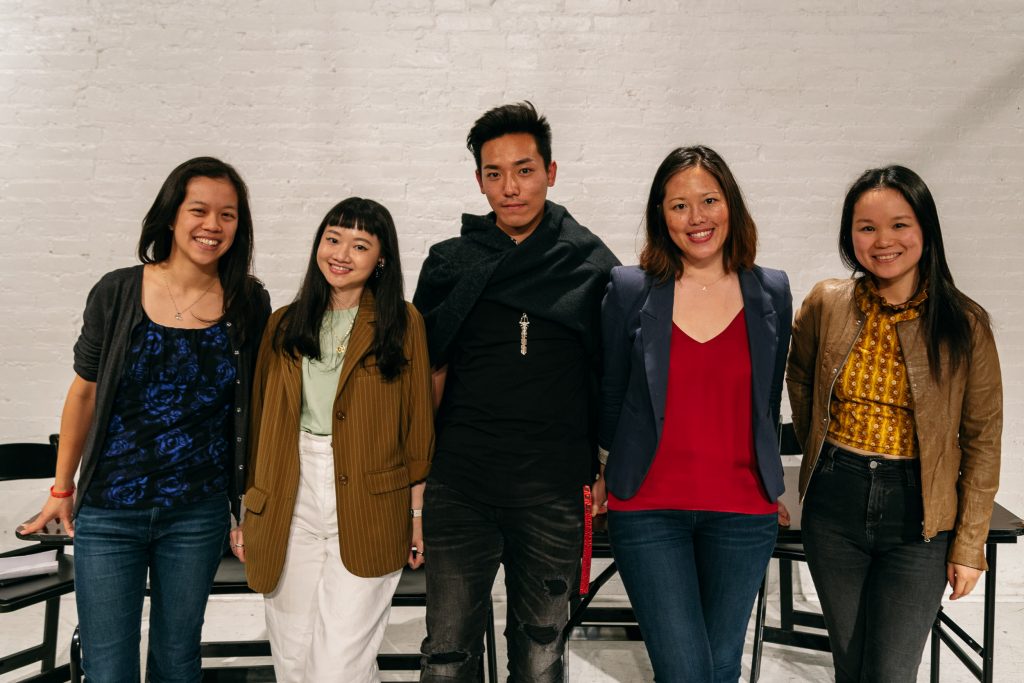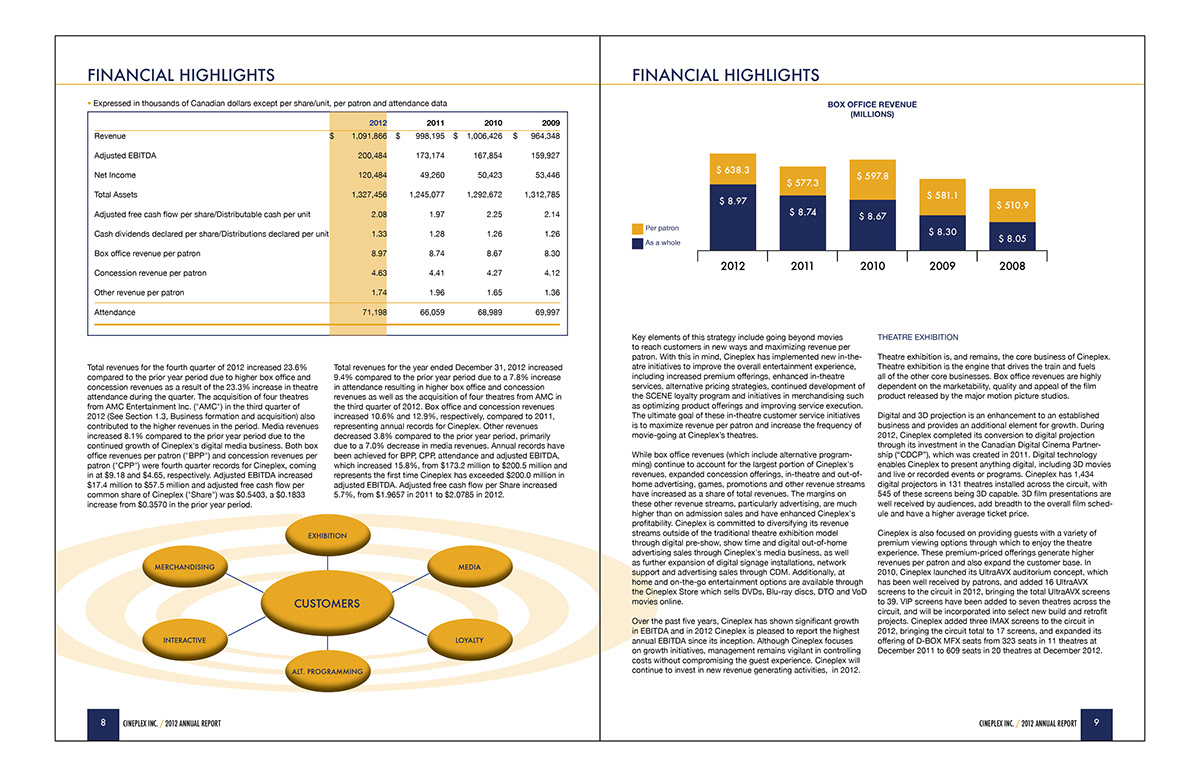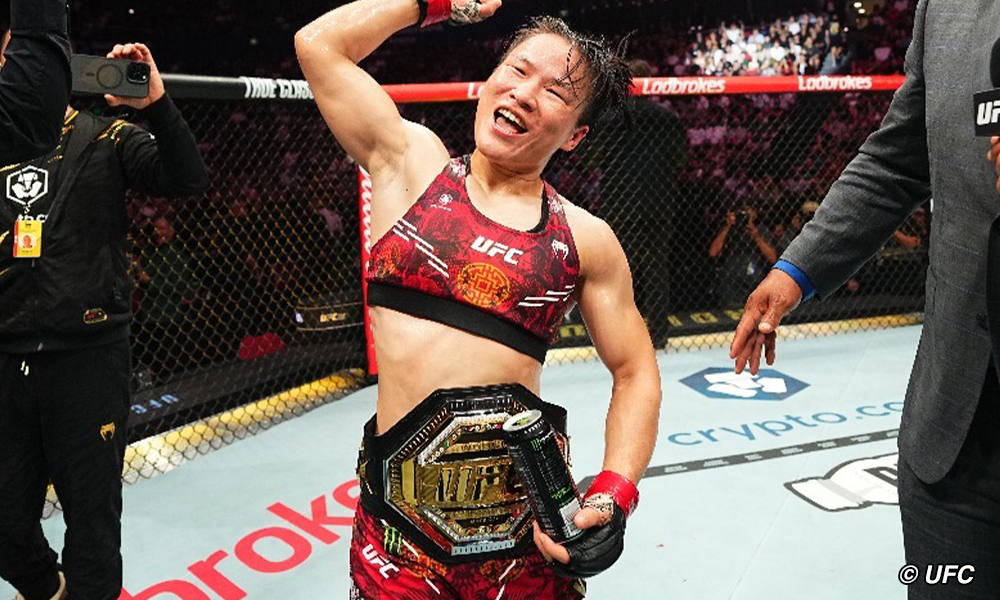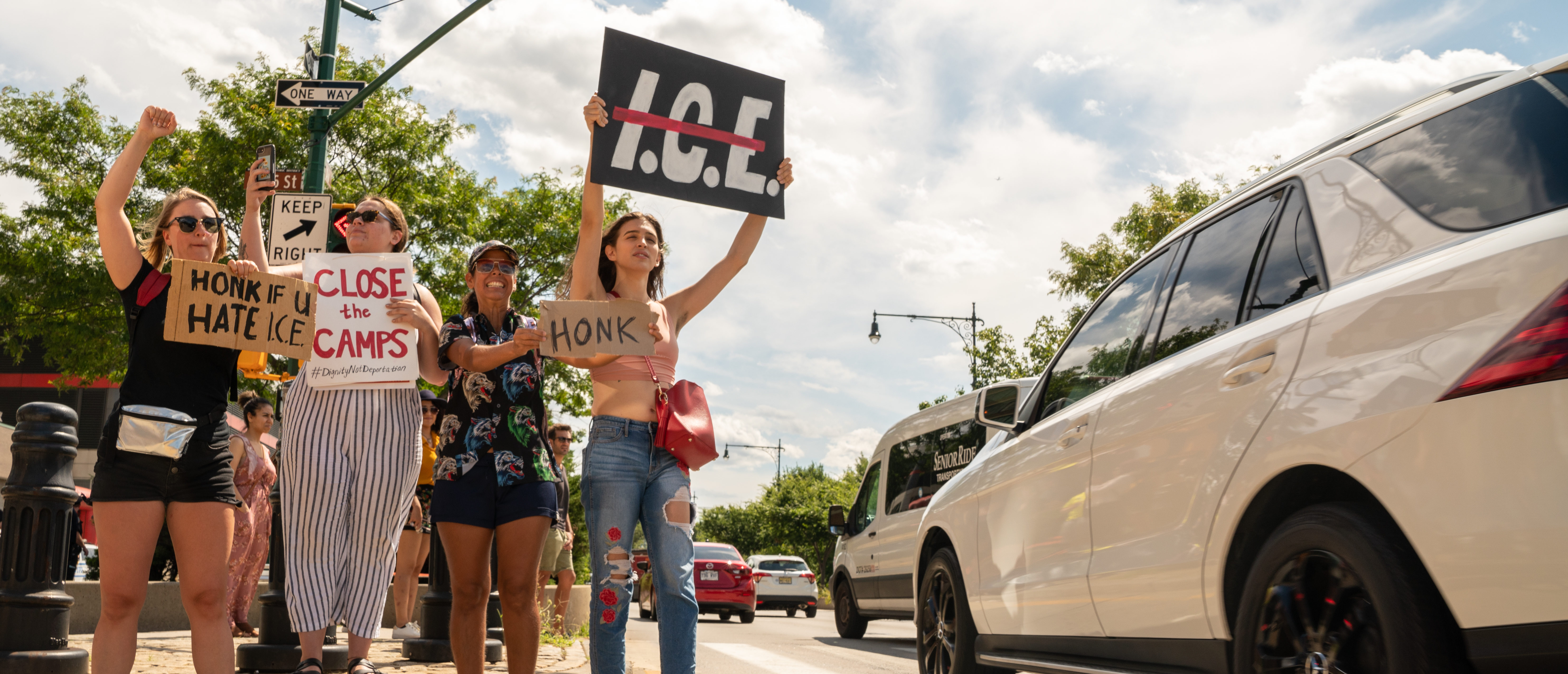The Need For Authentic Narratives: Reframing Asian And Asian American Representation In Media

Table of Contents
The Perpetuation of Harmful Stereotypes and Their Impact
For too long, Asian and Asian American communities have been subjected to a narrow and often damaging portrayal in media. These stereotypical representations have real-world consequences, impacting self-perception, fostering prejudice, and limiting opportunities.
The "Model Minority" Myth and its detrimental effects
The "model minority" myth, portraying Asians and Asian Americans as inherently intelligent, hardworking, and docile, is perhaps the most insidious stereotype. This seemingly positive label is deeply problematic because:
- It pressures individuals: This stereotype places immense pressure on Asian and Asian American individuals to conform to unrealistic expectations, leading to anxiety and feelings of inadequacy when they fall short. Think of the constant pressure to excel academically, neglecting other aspects of life.
- It ignores diversity within the community: The "model minority" myth erases the vast diversity of experiences within the Asian and Asian American communities. It overlooks the struggles faced by many individuals due to poverty, discrimination, and systemic barriers. For example, the struggles of Southeast Asian refugees are often ignored.
- It creates unrealistic expectations: This stereotype fuels harmful comparisons and sets unrealistic expectations for other minority groups. The myth serves to pit minority groups against each other instead of fostering unity against systemic racism. It's frequently used to downplay the experiences of other racial groups. We see this in many media portrayals where the "successful Asian" is contrasted with the "underachieving Black character".
Examples abound in film and television, where Asian characters are often depicted as nerdy, quiet achievers, lacking in personality or emotional depth. Advertising frequently reinforces this image, further embedding the stereotype into the public consciousness.
Other harmful stereotypes: The hypersexualized Asian woman, the emasculated Asian man, the perpetual foreigner.
Beyond the "model minority" myth, other harmful stereotypes permeate media representations:
- The hypersexualized Asian woman: This trope reduces Asian women to objects of sexual desire, often exoticizing or fetishizing their appearance. Examples can be found across various media formats, from film to video games.
- The emasculated Asian man: Conversely, Asian men are often portrayed as weak, effeminate, or asexual, undermining their masculinity and contributing to harmful perceptions of Asian men. This is reinforced by media focusing solely on their lack of "manliness", rather than providing a well rounded character.
- The perpetual foreigner: This stereotype casts Asian and Asian Americans as perpetual outsiders, unable to fully assimilate into American society, regardless of their citizenship status or length of residence. This often results in characters who are seen as fundamentally "other."
These stereotypical portrayals contribute to prejudice, discrimination, and violence against Asian and Asian American communities. Their normalization in media has devastating consequences for both individual mental health and societal perceptions.
The Power of Authentic Storytelling in Fostering Understanding and Empathy
Countering these harmful stereotypes requires a fundamental shift towards authentic storytelling. This means representing the diverse experiences of Asian and Asian Americans accurately and respectfully.
Showcasing the diversity of Asian and Asian American experiences
Authentic storytelling is crucial in showcasing the incredible breadth of cultures, ethnicities, and socioeconomic backgrounds within the Asian and Asian American communities. This necessitates:
- Representing diverse nationalities: Beyond the common representation of East Asians, we need authentic depictions of Southeast Asians, South Asians, Pacific Islanders, and more, each with their unique cultural nuances.
- Showcasing diverse socioeconomic backgrounds: Portraying the spectrum of Asian and Asian American experiences—from affluent families to those facing economic hardship—is essential.
- Highlighting diverse family structures: Moving beyond traditional nuclear family structures, media must showcase the variety of family units within the Asian community.
Projects like "Everything Everywhere All at Once" and "Crazy Rich Asians," while not without their own critiques, represent steps in the right direction by showcasing the diversity of experiences and rejecting singular narratives.
Giving voice to marginalized communities within the Asian diaspora
Authentic representation necessitates amplifying the voices of marginalized communities within the Asian diaspora, including:
- Southeast Asian refugees: Their experiences of trauma, displacement, and resettlement are often overlooked.
- LGBTQ+ Asian Americans: Their unique struggles at the intersection of sexual orientation and race are rarely explored.
- Disabled Asian Americans: Their perspectives and challenges are often ignored in media narratives.
Providing platforms for these underrepresented voices is vital in fostering understanding and empathy across society.
Strategies for Promoting Authentic Representation in Media
Achieving authentic representation demands a multi-faceted approach involving media organizations, creators, and audiences.
Increasing the number of Asian and Asian American creators and storytellers behind the camera
The lack of Asian and Asian American representation behind the camera is a significant barrier to authentic storytelling. We need:
- More Asian and Asian American writers, directors, producers, and showrunners: Their unique perspectives are crucial in shaping narratives.
- Mentorship programs and initiatives: Supporting aspiring Asian and Asian American creatives is essential.
- Increased funding for projects led by Asian and Asian American creators: This will ensure their stories are given a platform.
Implementing robust diversity and inclusion guidelines within media organizations
Media organizations must take concrete steps to improve representation, including:
- Implementing inclusive hiring practices: Actively recruiting and promoting Asian and Asian American talent at all levels.
- Developing story ideas that center Asian and Asian American experiences: Moving beyond tokenism and creating narratives driven by authentic characters.
- Implementing diversity training for all staff: Educating employees about unconscious bias and the importance of inclusive storytelling.
- Establishing clear diversity targets and tracking progress: Holding organizations accountable for their commitments to diversity and inclusion.
The role of audiences and consumers in demanding better representation
Audiences have a crucial role to play in fostering authentic representation by:
- Supporting media that portrays Asian and Asian American experiences authentically: Using their consumer power to reward responsible and inclusive storytelling.
- Engaging in social media advocacy: Amplifying the voices of Asian and Asian American creators and promoting positive representation.
- Providing direct feedback to media organizations: Demanding better representation and holding media companies accountable for their portrayals.
The Future of Authentic Narratives in Asian and Asian American Media
The critical need for authentic narratives to combat harmful stereotypes and foster a more accurate understanding of Asian and Asian American communities cannot be overstated. This article has highlighted the importance of diverse creators, inclusive storytelling, and conscious consumer choices. The future of media depends on our commitment to authentic storytelling about Asian and Asian Americans. Let's continue the crucial work of demanding authentic Asian and Asian American narratives in all forms of media. Support creators and projects that prioritize authentic representations of the Asian and Asian American experience. Only through collaborative effort can we achieve a more equitable and representative media landscape.

Featured Posts
-
 Optimiser Son Budget 12 Astuces Pour Faire Des Economies Significatives
May 12, 2025
Optimiser Son Budget 12 Astuces Pour Faire Des Economies Significatives
May 12, 2025 -
 Cineplexs Q1 Financial Report Reveals Impact Of Reduced Theatre Attendance
May 12, 2025
Cineplexs Q1 Financial Report Reveals Impact Of Reduced Theatre Attendance
May 12, 2025 -
 Hakkari De Hakim Ve Savcilar Icin Geleneksel Iftar Programi Gerceklestirildi
May 12, 2025
Hakkari De Hakim Ve Savcilar Icin Geleneksel Iftar Programi Gerceklestirildi
May 12, 2025 -
 Ufc 315 Shevchenko Open To Zhang Weili Showdown
May 12, 2025
Ufc 315 Shevchenko Open To Zhang Weili Showdown
May 12, 2025 -
 Tensions Flare As Crowd Intervenes In Ice Arrest
May 12, 2025
Tensions Flare As Crowd Intervenes In Ice Arrest
May 12, 2025
